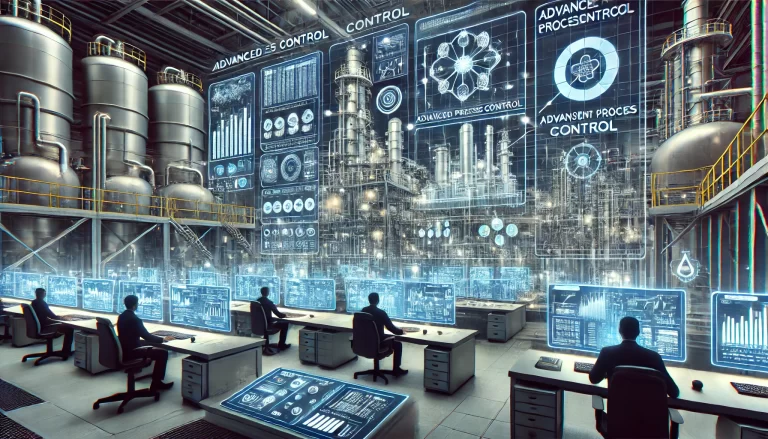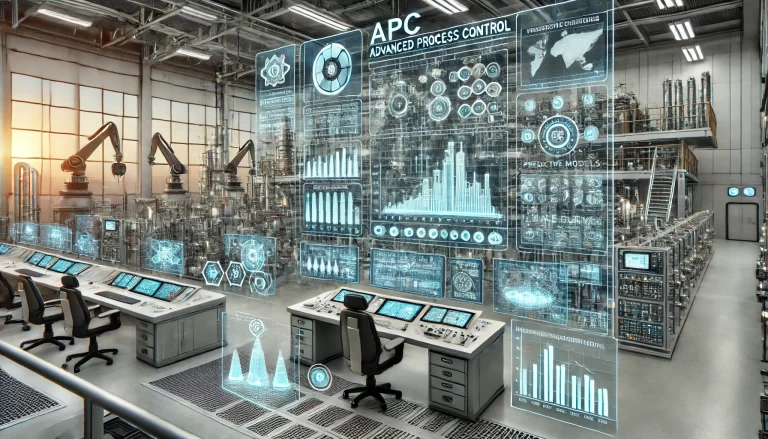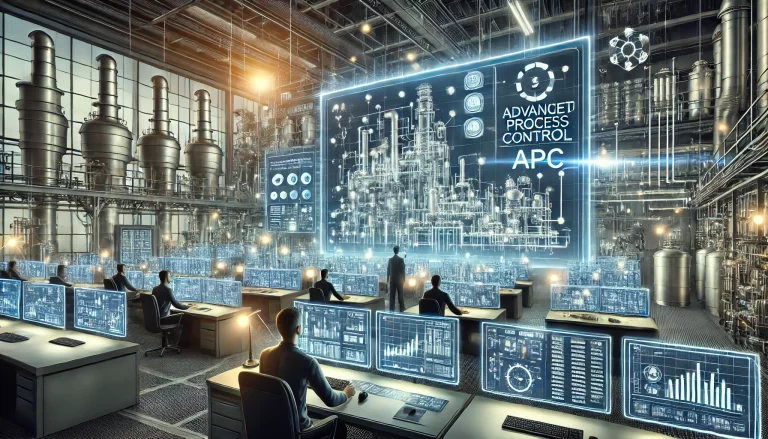In today’s fast-evolving technological landscape, it’s easy to feel overwhelmed. Just as the industry starts to grapple with the concepts of Industry 4.0 and the Industrial Internet of Things (IIoT), we’re already talking about digital twins, big data, and now—artificial intelligence everywhere. But when viewed through the lens of historical development, AI is not a new concept. In fact, it has matured alongside cybernetics, both introduced by great thinkers decades ago, and both progressing in a non-linear and often turbulent fashion.
For leading enterprises that already possess solid foundational infrastructure and a high level of operational maturity, applying advanced technologies is logical and necessary. However, the situation is quite different for many small and medium-sized industrial enterprises.

The Misconception: Innovation Without Foundation
Many SMEs today talk about digitalization and intelligent transformation strategies. Yet when one steps into their actual production sites, it’s evident that even basic informatization and automation have not been completed. In small to medium-sized process industries especially, it’s common to encounter not only poorly performing control loops but also control strategies that have been designed but never commissioned—let alone implemented effectively.
In some cases, the problems are even more fundamental: missing or irrational control logic, no commissioning plans, or an outright absence of automation. Many still cling to the belief that “manual control is more stable than automatic control,” and in some plants, even something as basic as level control for material balance relies entirely on manual operator input.

The Real Problem Isn’t a Lack of Equipment
There’s a prevailing misunderstanding that improving automation simply means purchasing new equipment, replacing instruments, or upgrading systems. What’s often overlooked is the knowledge behind automation—how to tune PID parameters, how to design a robust control strategy, and how to automate operator knowledge. Without this, automation projects turn into expensive, underperforming investments.
Even within the same enterprise group, we often find significant disparities in automation levels across different plants or production lines—largely due to a lack of external pressure or internal initiative.
It’s alarming to note that some chemical enterprises today have not even heard of cascade control, let alone used it. Others may have complex control schemes in place, but due to a lack of understanding, they remain permanently in manual mode.
Automation Must Be Built from the Bottom Up
In this context, our priority should not be cutting-edge innovation for its own sake. Instead, we need to focus on fixing foundational issues. Many companies still don’t understand what advanced control really means—they’ve heard the buzzword and want to “implement it” without understanding the requirements or context. Without the right foundation, applying advanced control strategies is like building skyscrapers on sand.
Real progress in industrial automation comes from a layered, methodical approach—solving low-level problems first. This includes improving process equipment, tuning PID loops properly, and designing workable control strategies. Only after these basic tasks are addressed does it make sense to introduce higher-level technologies. Otherwise, any innovation is just a costly showpiece.

Engineering Is About Solving Problems, Not Showing Off Technology
We must remember that customers don’t want to buy drills—they want holes in the wall. Every technology has its limitations and applicable scenarios. In real-world industrial settings, success often comes not from using the most advanced technology, but from applying the simplest technologies creatively and effectively.
If innovation is done for the sake of innovation, then cost may not matter. But once we aim to scale and promote such technologies in industrial settings, cost-efficiency, maintainability, and adaptability become key. The best engineering solutions are not always the flashiest ones—they’re the ones that work reliably, within budget, and with real-world constraints.
Innovation also requires space for failure, but even that must follow sound engineering principles. We need a realistic and pragmatic mindset.
The AI Era: Opportunity Only Comes with Preparation
Some businesses are now looking toward AI, large language models, and digital twins as panaceas. But these are tools—not miracles. Enterprises must soberly acknowledge that large models are not cure-alls. They are powerful new instruments, but they demand careful adaptation to specific production needs.
Only by rebuilding the foundations—technological, informational, methodological, and organizational—can we clear the fog of idealism and truly realize the value AI promises to bring to industrial intelligence.

Final Thoughts: Turn Theory into Practice, One Step at a Time
Hot new theories may dominate headlines, but the problems in the field remain the same. If we want advanced technologies to take root and flourish in real industrial environments, we must first acknowledge the wide gap between ideal and reality. Only by identifying clear technical pathways to cross that gap can we truly unlock innovation.
This journey requires more than enthusiasm—it demands courage, discipline, and wisdom. Enterprises must embrace the opportunities presented by new technologies while recognizing the importance of process optimization, operational excellence, and above all—talent development.
